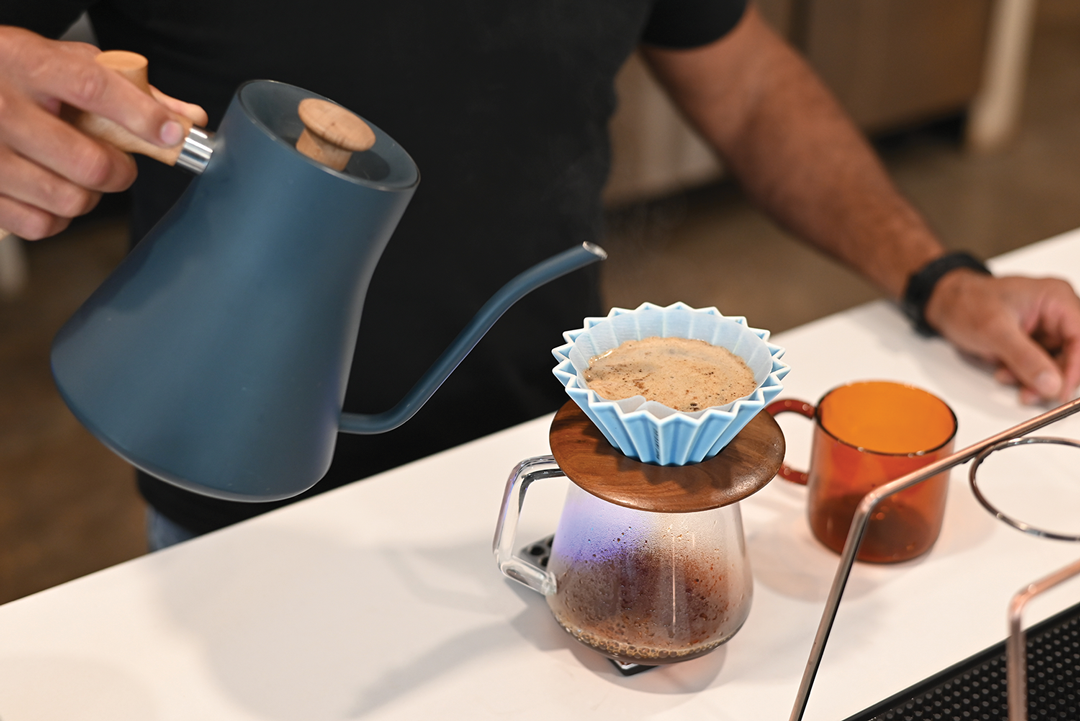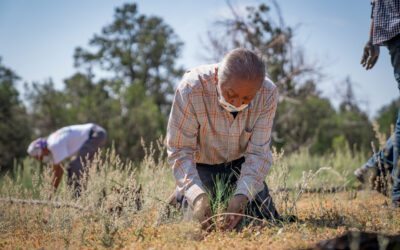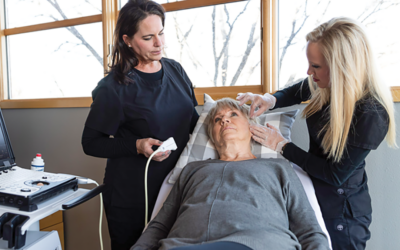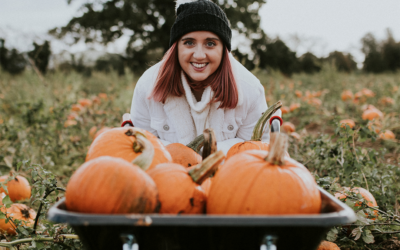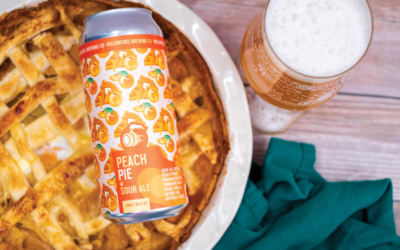If you ask Diego Lima about coffee, you get an encyclopedia’s worth of information. From farm to cup, he has a love for that tiny bean that packs a punch. This is why he chooses to roast his own beans. It is his passion, and he makes a good case for why you should buy locally roasted beans, too.
Now, you may not quite be ready to become one of those people, the kind that will only drink a pour over coffee that is hand-brewed with water heated to precisely 203 degrees F. That’s OK: Diego and our other local roasters agree that the best thing about coffee is the conversations that happen across the table.
But if you love coffee, or you’re simply curious about the roasting process, here’s a guide to help you understand the difference of locally roasted beans and some reasons to give them a try.
Playing with flavors
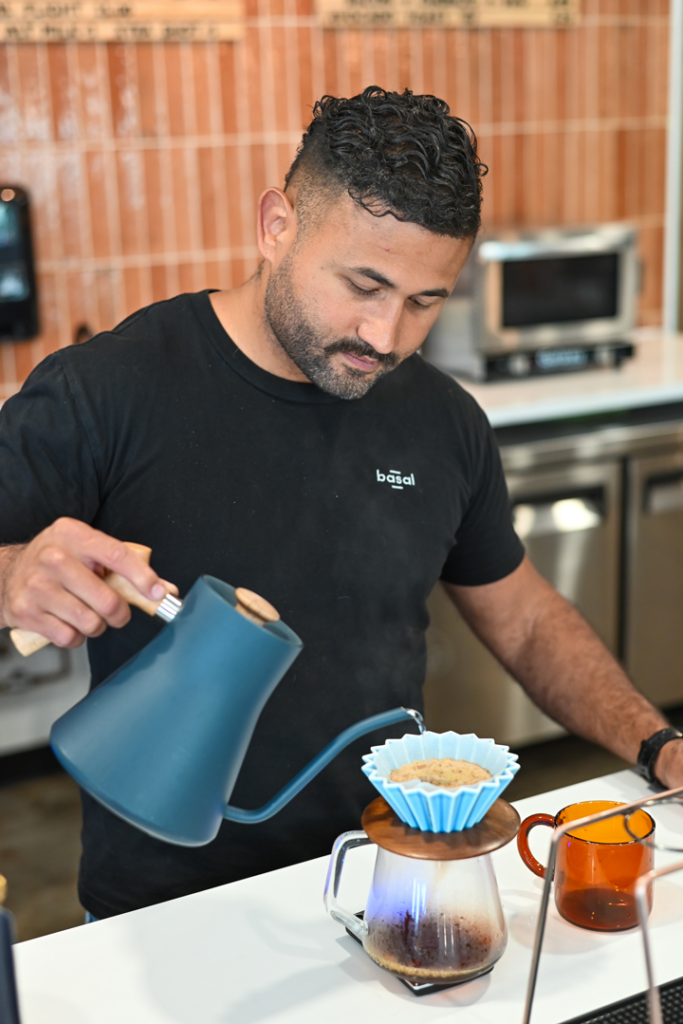
Diego Lima, Lima Coffee Roasters. Photos by Jordan Secher.
Coffee gets its start as a plain green bean, but that bean is anything but simple. When roasted rapidly and at a high heat, its hidden flavors and aromas are drawn out. Diego has been known to roast his beans as many as 50 times to get the exact flavor profiles he wants from them.
This is the process that speaks to Diego, who began his career in the culinary world. After he was offered a job as a roaster for a coffee company in Fort Collins, his interest in coffee ignited: “I didn’t even know how vast the coffee world was. Every step of the coffee industry influences that cup of coffee.”
Diego and his wife, Amanda Lima, are currently expanding their midtown Fort Collins roastery, Lima Coffee Roasters, to open to the public as a place to learn about the roasting process and the vast flavors that can be achieved from the coffee bean. He says there is a market for high-end beans that can range from $50-100 or more per pound (though that market is small), and he wants to cater to that crowd as well as those who just love a good cup of joe.
Buying locally roasted beans is the best way to ensure freshness and find a roast that resonates with your palate, Diego says. Those who roast their own beans find that it gives them the control to bring out the various flavors of beans from different regions of the world. It also affords them the ability to purchase coffee beans in an ethical manner by working directly with farms and importers dedicated to paying farmers a fair price.
The roasting process
Several local coffee shops roast their own beans, though many have their roasting operations off-site. And they all have their own methods and philosophies when it comes to roasting the perfect batch of beans. However, the process is largely universal.
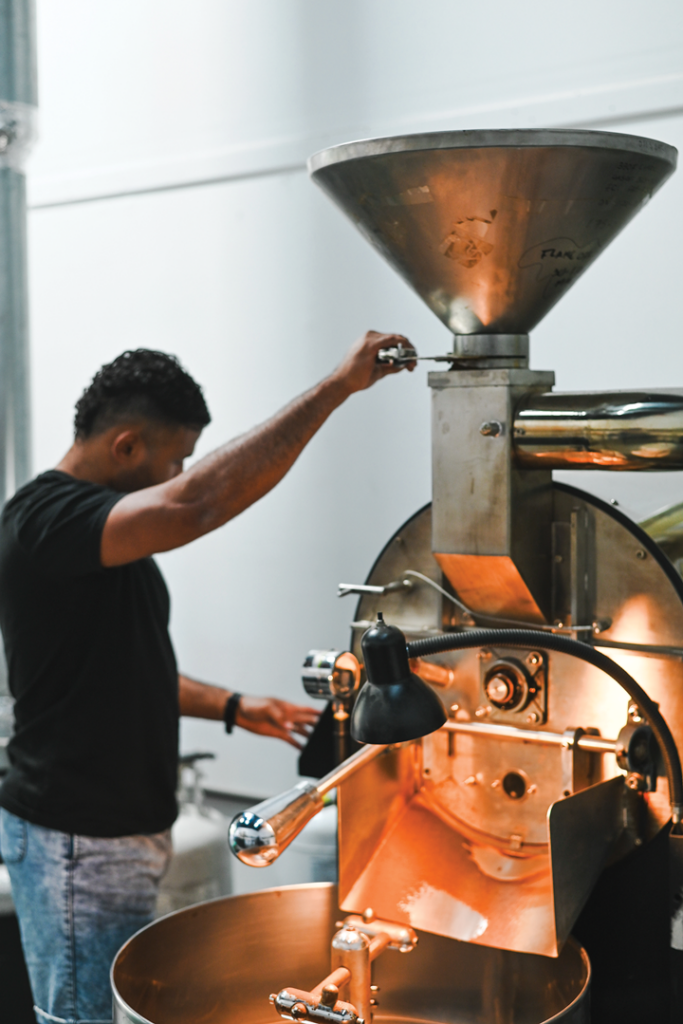
Diego Lima
Coffee beans are actually seeds that are dried, roasted and ground. They usually arrive in large burlap bags and are roasted in batches to produce single origin coffee (single origin refers to beans from one location, such as Kenya) or blends that take beans from more than one region and bring them together for a more complex, well-rounded cup of coffee.
The roasting process starts with raw coffee beans that are dropped into a loader and sent to a rotating drum. The drum is heated to 350-500 degrees F, and the beans are roasted for 7-20 minutes, depending on the desired roast.
Andrew Webb, owner of Bindle Coffee & Roastery in Fort Collins, says heat and airflow are carefully manipulated to achieve desired roast levels and a balanced, enjoyable flavor profile. It’s also how roasters emphasize their favorite characteristics of each coffee, such as the acidity, sweetness and body.
Diego believes his senses—the smell and sound of the beans roasting—play as much a part in the process as regulating temperature and time while roasting.
The National Coffee Association notes that the darker the coffee beans are roasted, the smokier and more charred their flavor will be. Dark roast coffees also lose the nuances of the beans in favor of the taste of the roast. These beans often have an oily surface and more pronounced bitterness than lighter roasts.
Light roast coffee beans are usually lighter in color and have a dry surface. This is where roasters can get the more delicate flavors and aromas from the beans and celebrate the flavors of each region. A medium roast will land somewhere in between.
Finding your profile
Each roaster goes about roasting their beans a little differently, but the biggest divergence is in how far down the rabbit holes they want to go.

Bindle Coffee & Roastery
Bindle, for instance, prefers to work with profiles it knows to create very drinkable single origin and blend coffees that are universally pleasing to customers. “We are very non-pretentious,” says Bindle’s master roaster Casey McLaughlin.
While they do occasionally bring in exotic beans (think experimental fermented and lactic-washed beans), they tend to stick to profiles that pair well with the pastry creations of Webb’s wife, Jen.
According to the National Coffee Association, coffee beans are grown in more than 50 countries throughout the world. The countries are grouped into regions: North America and the Caribbean, Central America, South America, East Africa, West Africa, the Arabian Peninsula and Asia. Each of these regions are known for different flavor profiles in their beans.
Webb suggests that those delving into the coffee world find the region with the flavor profile that most appeals to their palate. For example, coffee beans from Central and South America have chocolaty and nutty flavors and aromas. If you are interested in fruity or floral notes, try coffee beans from Africa. Coffee beans with an Asian origin tend to be spicy and earthy.
Knowing the profile that fits your taste can also make it easier to choose a single origin or blend. The Specialty Coffee Association has a coffee flavor wheel that can help you recognize the variety of flavors found in different coffee beans by dividing them into categories: fruity, floral, sweet, nutty and spicy. Then you can narrow them down even further to identify the nuances and combinations you like.
For example, a fruity coffee can have aromas of strawberry, blueberry, cherry, pineapple or apple. Coffee roasters often include tasting notes on their packaging so you can match your desired profile with the correct beans.
While Bindle likes to hit the flavors that are most requested by coffee drinkers, Lima supplies a rotating line of micro lot (small farm) beans that have very unusual or playful flavor profiles in addition to their standard roasts. Sometimes these beans taste less like traditional coffee and are more exotic, even wine-like, or reminiscent of herbal spirits or teas.
Supporting local roasters
The coffee roasters interviewed for this guide serve their single origin and blend coffees at their own cafes as well as online. The biggest reason to buy it? The freshness factor.
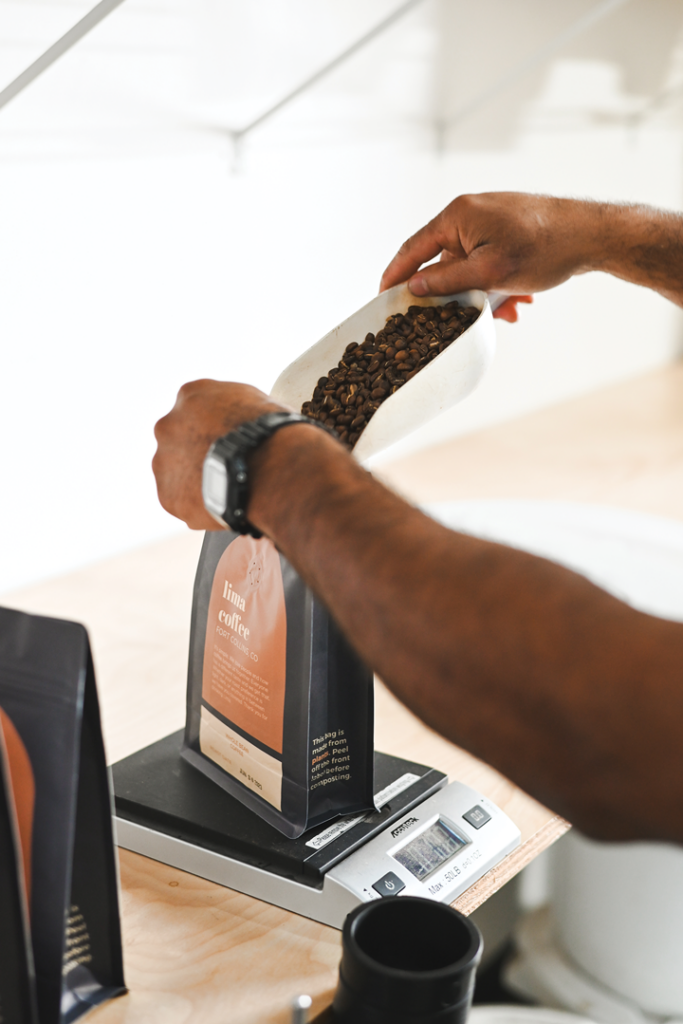
Diego Lima, Lima Coffee Roasters. Photos by Jordan Secher.
“When you buy local, you will probably get coffee that has been roasted within the week,” says Amanda Lima. “Larger coffee companies (like the ones at the grocery store) put on an expiration date five to six months out. But tasting notes from those beans will begin to fade within a couple weeks.”
The roasters agree that sourcing good beans is an important first step in creating a good roast, and they make it a point to do so ethically. This has a dual benefit: Working with a good importer can connect roasters to farms that use best practices to grow and harvest their coffee beans. It also enables them to buy fair-trade or direct-trade and ethically produced beans, which ensures that they are of a higher quality and that farm workers have a fair standard of living.
Diego says high-quality, ethically sourced beans are a must: “The difference with coffee is that you don’t add anything else. You can’t turn something that isn’t into something that is.”
Webb agrees. He knows from his importers what happens at the farms, and that allows him to form a closer relationship with the farmers that grow his coffee beans. He has even helped farmers in other countries raise money for equipment and other expenses through sales at his cafes.
Brewing the perfect cup
Once you’ve found your flavor profile at a local roaster, it’s time to make that cup of coffee. Grind as you go to preserve freshness, and make sure your grind suits your coffee maker (an espresso grind is much finer than a French press grind). Most coffee machines recommend a specific grind to bring out the most flavor for its particular brewing method.
If you want to delve into specialty and micro lot beans, our roasters recommend investing in a quality pour over brew system. And if you want to go even further, you can purchase a home roaster for $200-300 that will give you a good entry point for roasting your own coffee beans.
At the end of the day, enjoying a cup of locally roasted coffee is all about the experience. Whether it’s a solitary moment of peace in the morning or an afternoon pick-me-up in between meetings, everyone who drinks coffee has a little bit of their own ritual. And, as Diego explains, coffee is where so many connections are made.
“Beautiful things are always done over coffee. I asked my wife to be my girlfriend over a cup of coffee.”
More roasters to try
The Fox Den – Single origin, blend and decaf coffees. Their cafe has a no-waste philosophy. Located in northwest Fort Collins.
nowastecoffeeshop.com
Harbinger Coffee – Single origin and blend coffees. Coffee subscriptions available with free local delivery. Harbinger has two Fort Collins locations. harbingercoffee.com
Conundrum Coffee – Single origin and blend coffees. Family-owned since 2012 with a tasting room located in Loveland.
conundrumcoffee.com
Jackie’s Java – Single origin, blend, decaf and flavored coffees. Recyclable K-cups available. Located in northeast Fort Collins. jackiesjava.com
Bean Cycle Roasters – Single origin, blend and decaf coffees. Steeped coffee individual packets available. Located in Old Town Fort Collins. beancycleroasters.com
Dark Heart Coffee Bar – Single origin, blend and decaf coffees. Subscriptions available. Located in downtown Loveland.
darkheartcoffeebar.com


